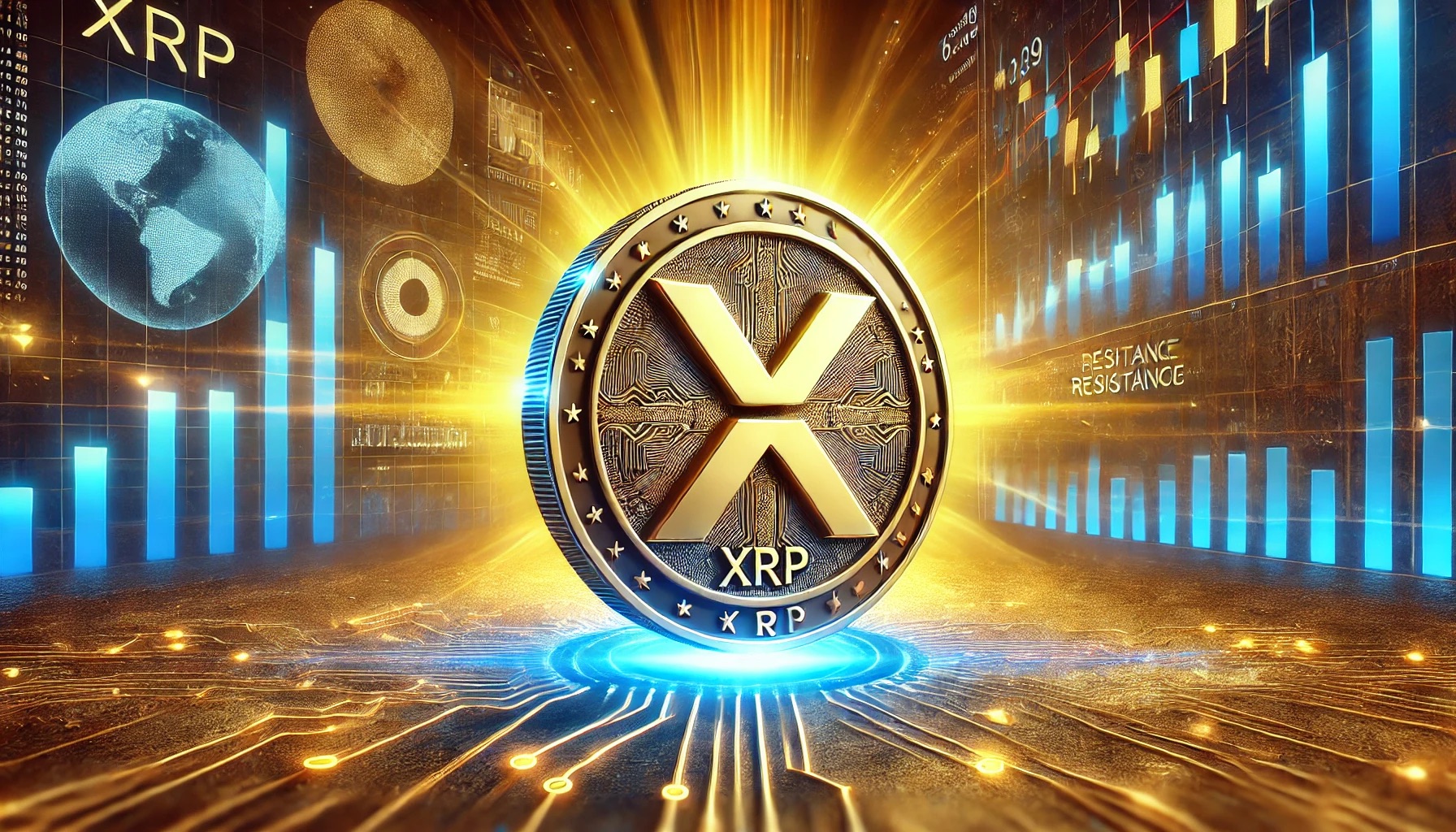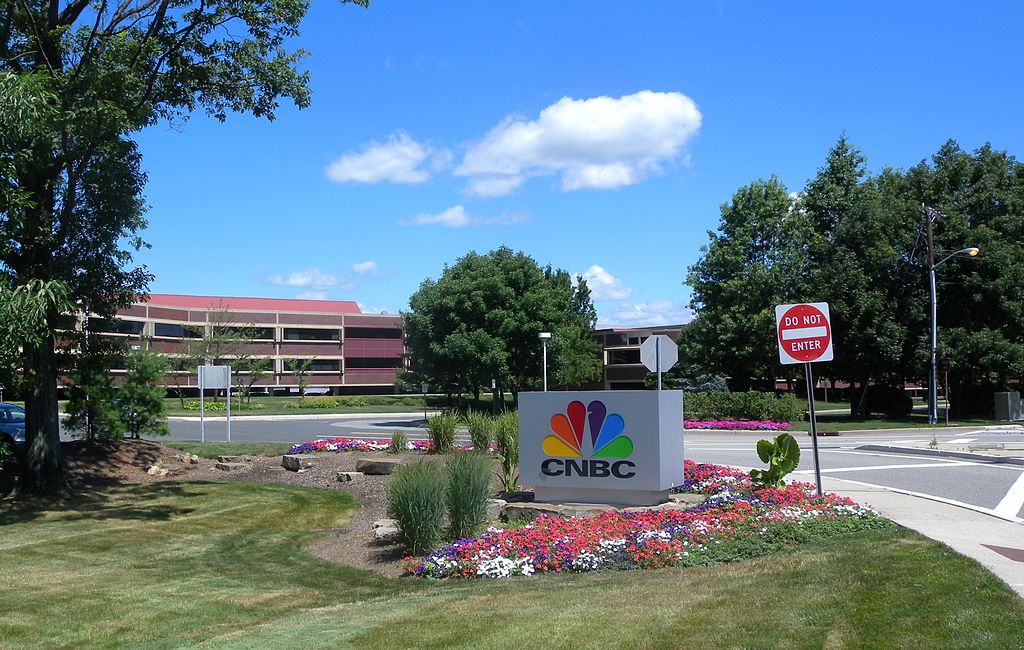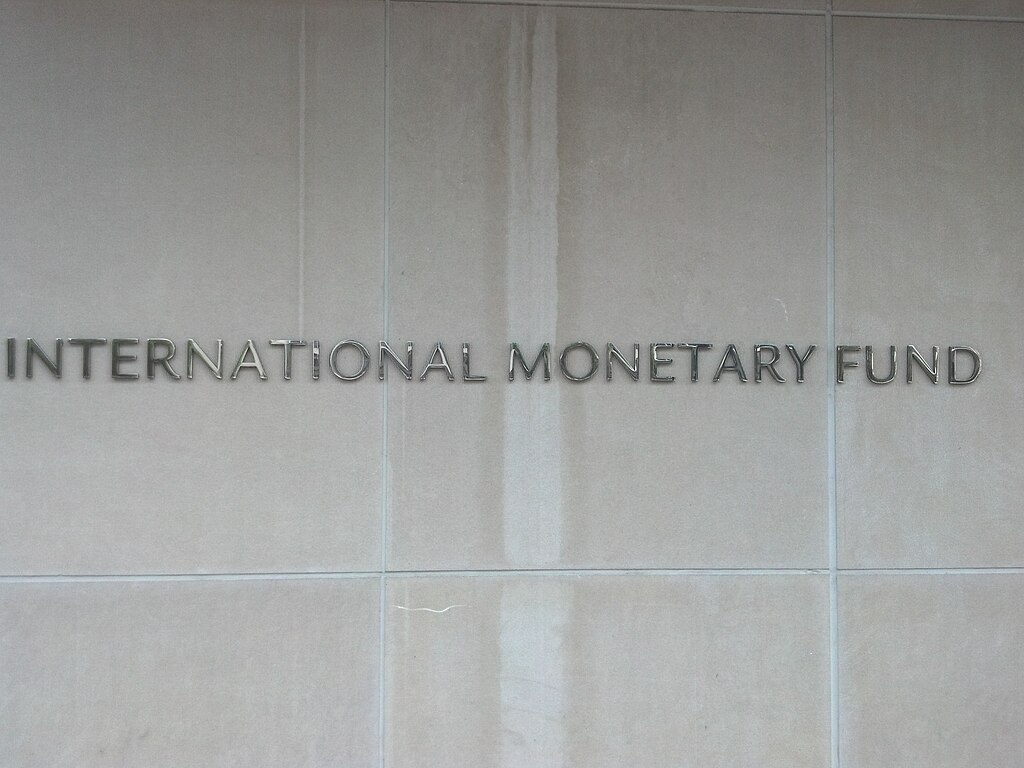Crypto venture capital funding hit $8 billion in Q3 2025, marking the strongest quarter since 2021, according to CryptoRank. Unlike past cycles driven by hype, this surge reflects a regulatory and structural transformation. The Trump administration’s pro-crypto policies and the accelerating rise of tokenization have shifted regulation from a headwind into a performance driver. For investors, this signals a new era where compliance delivers alpha, and policy clarity replaces speculation as the core engine of growth.
CryptoRank data shows that U.S.-based funds accounted for one-third of global crypto VC activity in Q3. Federal guidance on stablecoins, taxation, and compliance has lured institutions back into digital assets, creating a stable, predictable investment framework. The result is a disciplined, compliance-driven market where long-term growth trumps short-term hype.
The Silicon Valley Venture Capitalist Confidence Index rebounded in Q2 after one of its sharpest declines in two decades, signaling renewed optimism. Capital is rotating into tokenization, AI–crypto convergence, and regulatory technology, areas viewed as resilient amid global uncertainty. According to State Street, 60% of institutions plan to double their digital-asset exposure within three years, and over half expect 10–24% of their portfolios to be tokenized by 2030. Tokenized private equity and debt are emerging as early liquidity pathways for institutional investors, even as legal clarity around LP-token models continues to evolve.
Leading firms like a16z, Paradigm, and Pantera are deploying tokenized side vehicles that allow LPs to trade fund shares on compliant platforms. Simultaneously, DAO treasuries and decentralized funding pools are emerging as viable alternatives to traditional venture structures, allowing crypto to finance its own ecosystem through blockchain-native rails.
This shift follows years of hesitation. As Marçal Llobet’s 2025 study noted, “legal uncertainty and illiquidity constrained blockchain finance.” That changed when Washington implemented a national stablecoin framework and tax incentives for compliant entities, legitimizing the sector for pension funds and sovereign investors.
Globally, the trend reflects maturity rather than mania. CryptoRank recorded 275 deals, two-thirds under $10 million, underscoring discipline over speculation. CeFi and infrastructure projects drew 60% of total capital, while GameFi and NFTs fell below 10%. Investors now value cash flow and compliance over hype, marking a structural evolution in crypto VC behavior.
However, challenges remain. Ray Dalio warns that U.S. debt—now 116% of GDP—could curb risk appetite if fiscal repair stalls. AI-driven speculation could also distort valuations, potentially diverting capital from Web3 innovation. As Howard Lee of Founders Equity Partners noted, “Trade volatility will limit exits short term, but AI and blockchain remain the twin pillars of new value creation.”
According to State Street, tokenized funds will become standard by 2030, while CryptoRank projects $18–25 billion in inflows for 2025. Regulation is no longer a constraint—it’s a competitive advantage. The crypto venture market has entered a new phase of institutional maturity, where compliance, transparency, and tokenization are the true growth catalysts. If macroeconomic stability holds, 2025 may be remembered as the year policy became performance.
























Comment 0